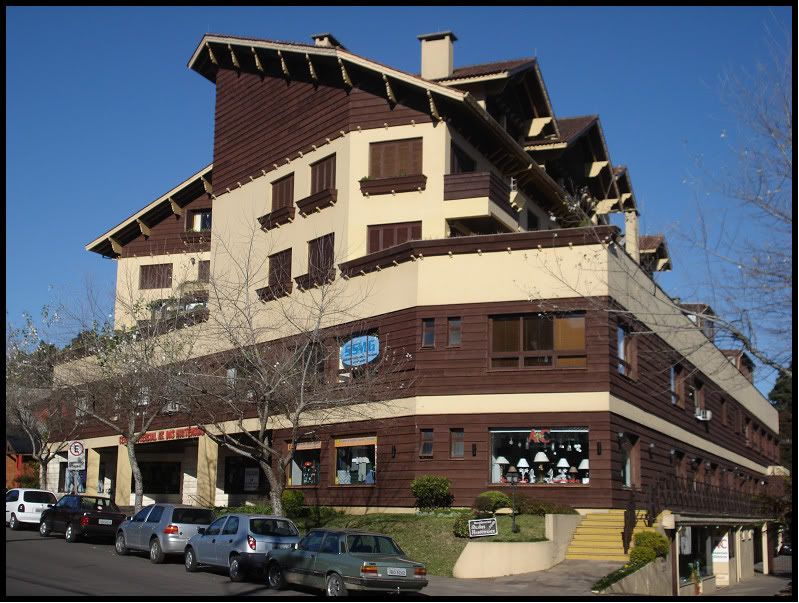I want to start out by posting a quote from "The New Architecture and the Avant-Garde" written by Scolari. "..there is no architecture, only buildings and architects. Architecture, except in rare cases, is a plaything of the imagination, a clever combination of forms, a game of pencils, compasses, lines and squares." The quote was one from Camillo Boito.
Next I wish to define that architecture is: the profession of designing buildings, open areas,communities, and other artificial constructions and environments, usually with some regard to aesthetic effect.
Now once I look at the quote from Boito and the definition of architecture, it makes me wonder: who has the authority to claim good or bad architecture? What makes one work of architecture bad from another work? And who has the right to define the good or the bad? I've said before that architecture is one field that is very complex and impossible to understand in entirety. What I may feel like is a bad work of architecture may be an outstanding work to another, and vice versa.
Take the building below, for example. This is an example of Italian architecture, but is good, or is it bad? My personal take on this building from just this picture (without any other knowledge of uses) is that I see a building that is not merely a square/rectangular form. The different angles of the exterior walls catches my eye, and the the upper portion of the building isn't the same shape as below, so it begins to mix horizontal and vertical shape. I would have to say that I wouldn't consider this architecture "bad" from this view, but I'm sure many people would disagree. But who's right? Is this bad architecture? Can we put a pure description on what good architecture is?

I want to finish today's blog by sharing my thoughts on the method of design. I believe that there are definitely right and wrong methods of design that could determine the success one may have. I also believe that each individual architect/designer will naturally develop a method that works best for him and her. I think a method could begin to form from the perspective one takes on his work. Whether you view architecture as a living space that begins to take one with the earth, or maybe even architecture as a realm of spaces, or as we have read this week, the urban artifact as a work of art. I think that this could be a deciding factor that forms a preferred method of design.